Hey guys, welcome back to Stock Broc. Today we’re breaking down Dutch Bros’ Q2 earnings with the same energy and straight talk you expect. We’ll cover financial highlights, expansion trajectory, strategic initiatives, growth opportunities, risks, and wrap up with a clear buy/hold/sell verdict. Let’s dive right in.
Q2 Financial Highlights
In Q2, Dutch Bros posted $415 million in revenue, marking a 28% year-over-year increase. Net income surged 73% to $38.4 million, reflecting both strong top-line growth and improved margin management. Earnings per share came in at 26 cents, a 44% beat versus the prior year’s 18 cents. Adjusted EBITDA climbed 36.6% year-over-year to $89 million, underscoring robust underlying cash flow generation.
This performance indicates that Dutch Bros is not only expanding its footprint but also driving meaningful profitability, countering concerns that rapid expansion always dilutes margins. Investors love to see both sales growth and margin expansion; hitting both in the same quarter is a significant win.
Despite broader industry headwinds—from labor cost inflation to commodity tariffs—Dutch Bros delivered a clean beat across all key metrics. That consistency will be critical as investors judge whether the brand can maintain its high-growth trajectory without sacrificing profitability.
Below is a summary of the key Q2 financial metrics:
| Metric |
Q2 Value |
Year-Over-Year Change |
| Revenue |
$415 million |
28% |
| Net Income |
$38.4 million |
73% |
| Earnings per Share (EPS) |
$0.26 |
44% |
| Adjusted EBITDA |
$89 million |
36.6% |
Same-Store Sales and Shop Count
Systemwide same-shop sales grew 6.1%, while company-operated same-shop sales accelerated to 7.8% year-over-year. That’s a healthy uptick fueled by higher transaction counts rather than menu price hikes, signaling genuine consumer demand rather than inflation-driven revenue growth.
Dutch Bros ended the quarter with 1,043 locations, up 14% from a year ago. The company opened 31 new shops in Q2 alone, maintaining an aggressive expansion pace. Rapid unit growth combined with strong same-store sales is a recipe for market share gains, especially against entrenched competitors like Starbucks and Dunkin’.
Their loyalty program is proving to be a growth engine: over 71% of transactions are made through Dutch Rewards. That level of member adoption not only lifts repeat purchases but also yields rich consumer data for targeted marketing and menu innovation.
Here’s a snapshot of their retail footprint and performance:
| Metric |
Value |
| Systemwide Same-Store Sales Growth |
6.1% |
| Company-Operated Same-Store Sales Growth |
7.8% |
| Total Shop Count |
1,043 |
| New Shops Opened in Q2 |
31 |
Expansion Strategy and Long-Term Targets
Dutch Bros isn’t slowing down. For 2025, management plans to open at least 160 new locations, aiming to boost market penetration in both existing and new territories. Their long-term goal is bold: 7,000 shops nationwide. At just over 1,000 today, that’s a 7x increase over the coming years.
Site selection is highly optimized, focusing on drive-through models and underserved regions. The company recently expanded into its 19th state—Indiana—further broadening its geographic reach. At nearly 40% coverage of U.S. markets, Dutch Bros has significant white space in populous states like California, which represents a major growth runway.
Here’s how their expansion roadmap looks:
| Plan |
Detail |
| 2025 New Locations |
≥160 shops |
| Long-Term Target |
7,000 total shops |
| States Operated |
19 (now including Indiana) |
| Loyalty Transactions (%) |
71% of total |
This deliberate expansion, coupled with strong same-store sales, suggests Dutch Bros is balancing growth with performance. The site optimization strategy helps ensure new units ramp quickly, preserving margin targets and cash flow.
Growth Opportunities
Dutch Bros continues to capture the cold beverage and drive-through markets effectively, often catering to younger consumers in overlooked regions. With a menu that increasingly emphasizes food offerings—an area where Starbucks has traditionally lagged—Dutch Bros differentiates itself and can drive higher average checks.
Their digital initiatives and menu innovation are also fueling excitement. From seasonal cold brews to expanded food programs, the company is making sure there’s always a reason for customers to visit more often. The mobile app and loyalty program work hand-in-hand, creating a seamless digital-to-store experience.
Beyond the coffee core, the focus on food is strategic. Snack and meal items not only boost margins but also lengthen transaction times and broaden dayparts. In markets where drive-through convenience is king, that combination can translate to material revenue lift.
Below is a quick look at key opportunity levers:
- Drive-through expansion in high-traffic corridors
- Digital ordering and loyalty-driven repeat visits
- Menu innovation with cold drinks and food programs
- White-space penetration in major states like California
Challenges and Risks
Every high-growth story comes with execution and market risks. At a 172.5x forward P/E multiple, Dutch Bros trades well above peers like Starbucks, exposing investors to valuation compression if growth slows. Maintaining aggressive unit growth while protecting margins will be a delicate balance.
Labor costs, commodity price swings, and tariffs—particularly on coffee beans—pose margin pressure. Even a small increase in input costs can erode profitability, especially when franchise pricing power is limited by competitive dynamics.
Execution risk looms large. Rapid expansion strains training, supply chains, and site operations. If new stores underperform, same-store sales and corporate profitability could suffer. History shows that once a fast-growing concept begins to plateau, investor sentiment can shift quickly, triggering volatility.
Dutch Bros’ stock carries a beta of 2.64, making it more susceptible to market swings. For risk-averse investors, that roller-coaster profile can be unsettling, especially during broader market corrections.
Let’s summarize the primary risk factors:
| Risk Factor |
Potential Impact |
| High Valuation |
Multiple compression if growth decelerates |
| Cost Pressures |
Margin squeeze from labor and commodities |
| Execution Risk |
Underperforming new shops |
| Market Volatility |
High beta amplifies stock swings |
CEO Commentary
During the call, CEO Christine Barone summed it up: “Our business continues to fire on all cylinders, guided by a focused strategy, strong execution, and our amazing people.” It’s a bullish soundbite, but wise investors look beyond the words to the numbers. Growth must be consistent, margins protected, and new units productive.
Verdict: Buy, Hold, or Sell?
Dutch Bros crushed Q2 with double-digit revenue growth, impressive margin expansion, and a crystal-clear expansion roadmap. Their loyalty adoption and drive-through model position them well against legacy chains. However, the sky-high valuation, rising input costs, and execution hurdles introduce substantial risk.
For investors comfortable with volatility and seeking high-growth exposure, Dutch Bros could be an attractive buy, especially if you believe in their long-term footprint vision and menu innovations. For those wary of multiple contraction and margin pressure, it’s safer to hold and monitor execution against ambitious expansion targets.
Overall, we rate Dutch Bros as a Hold. The upside remains compelling, but the current valuation already prices in nearly flawless execution and unimpeded growth. Patience may be rewarded once the market reassesses the risk/reward equation.
https://youtu.be/OODZmla9h0Q?si=yXTbpQTLPePA3koY
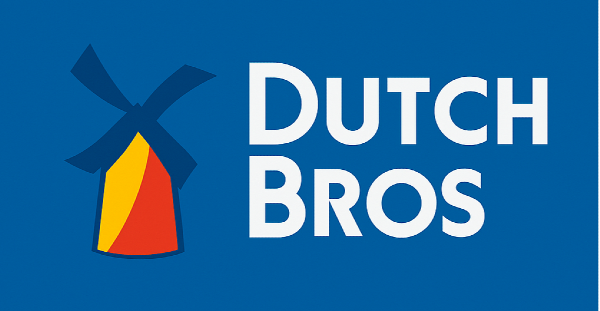

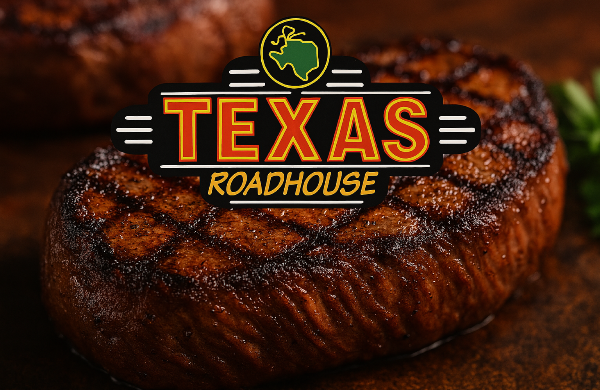
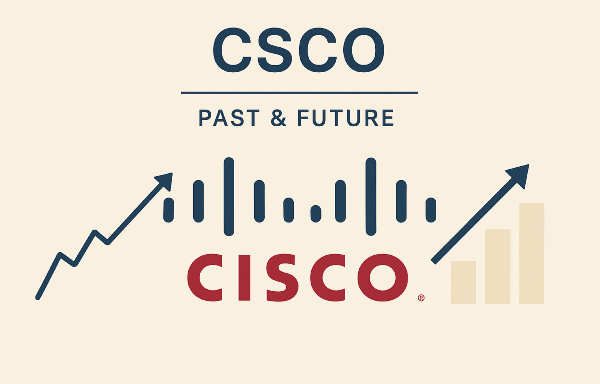
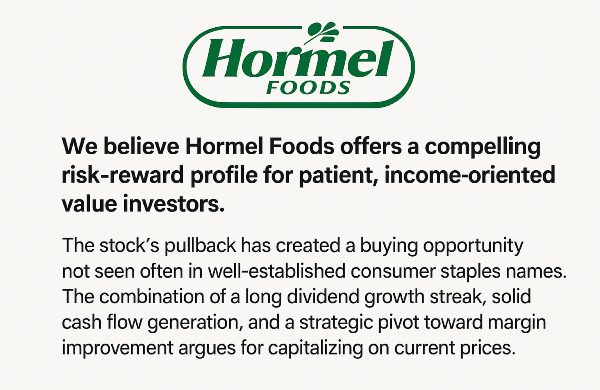
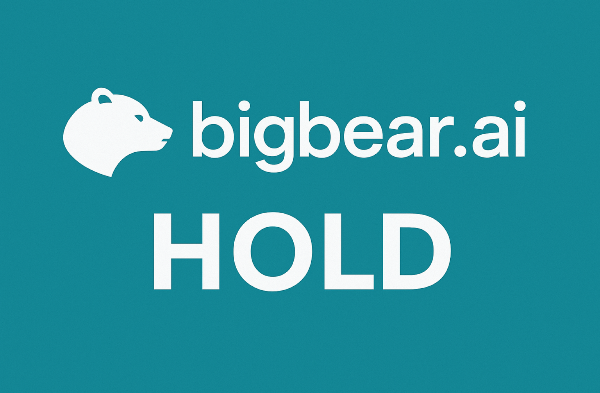


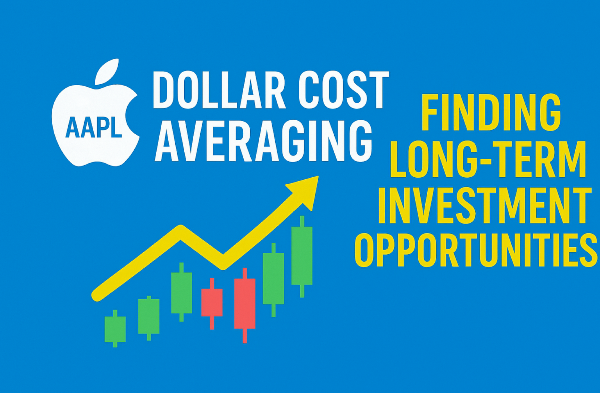



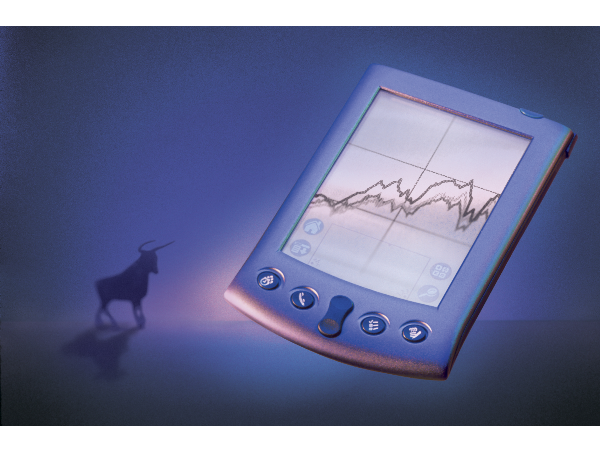


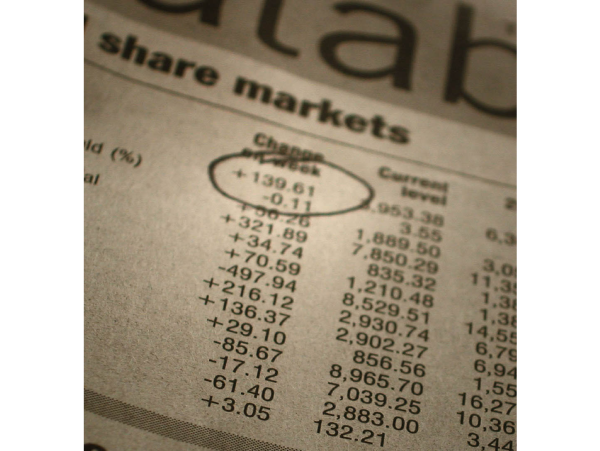














Hey guys, welcome back to Stock Broc. Today we’re breaking down Dutch Bros’ Q2 earnings with the same energy and straight talk you expect. We’ll cover financial highlights, expansion trajectory, strategic initiatives, growth opportunities, risks, and wrap up with a clear buy/hold/sell verdict. Let’s dive right in.
Q2 Financial Highlights
In Q2, Dutch Bros posted $415 million in revenue, marking a 28% year-over-year increase. Net income surged 73% to $38.4 million, reflecting both strong top-line growth and improved margin management. Earnings per share came in at 26 cents, a 44% beat versus the prior year’s 18 cents. Adjusted EBITDA climbed 36.6% year-over-year to $89 million, underscoring robust underlying cash flow generation.
This performance indicates that Dutch Bros is not only expanding its footprint but also driving meaningful profitability, countering concerns that rapid expansion always dilutes margins. Investors love to see both sales growth and margin expansion; hitting both in the same quarter is a significant win.
Despite broader industry headwinds—from labor cost inflation to commodity tariffs—Dutch Bros delivered a clean beat across all key metrics. That consistency will be critical as investors judge whether the brand can maintain its high-growth trajectory without sacrificing profitability.
Below is a summary of the key Q2 financial metrics:
Same-Store Sales and Shop Count
Systemwide same-shop sales grew 6.1%, while company-operated same-shop sales accelerated to 7.8% year-over-year. That’s a healthy uptick fueled by higher transaction counts rather than menu price hikes, signaling genuine consumer demand rather than inflation-driven revenue growth.
Dutch Bros ended the quarter with 1,043 locations, up 14% from a year ago. The company opened 31 new shops in Q2 alone, maintaining an aggressive expansion pace. Rapid unit growth combined with strong same-store sales is a recipe for market share gains, especially against entrenched competitors like Starbucks and Dunkin’.
Their loyalty program is proving to be a growth engine: over 71% of transactions are made through Dutch Rewards. That level of member adoption not only lifts repeat purchases but also yields rich consumer data for targeted marketing and menu innovation.
Here’s a snapshot of their retail footprint and performance:
Expansion Strategy and Long-Term Targets
Dutch Bros isn’t slowing down. For 2025, management plans to open at least 160 new locations, aiming to boost market penetration in both existing and new territories. Their long-term goal is bold: 7,000 shops nationwide. At just over 1,000 today, that’s a 7x increase over the coming years.
Site selection is highly optimized, focusing on drive-through models and underserved regions. The company recently expanded into its 19th state—Indiana—further broadening its geographic reach. At nearly 40% coverage of U.S. markets, Dutch Bros has significant white space in populous states like California, which represents a major growth runway.
Here’s how their expansion roadmap looks:
This deliberate expansion, coupled with strong same-store sales, suggests Dutch Bros is balancing growth with performance. The site optimization strategy helps ensure new units ramp quickly, preserving margin targets and cash flow.
Growth Opportunities
Dutch Bros continues to capture the cold beverage and drive-through markets effectively, often catering to younger consumers in overlooked regions. With a menu that increasingly emphasizes food offerings—an area where Starbucks has traditionally lagged—Dutch Bros differentiates itself and can drive higher average checks.
Their digital initiatives and menu innovation are also fueling excitement. From seasonal cold brews to expanded food programs, the company is making sure there’s always a reason for customers to visit more often. The mobile app and loyalty program work hand-in-hand, creating a seamless digital-to-store experience.
Beyond the coffee core, the focus on food is strategic. Snack and meal items not only boost margins but also lengthen transaction times and broaden dayparts. In markets where drive-through convenience is king, that combination can translate to material revenue lift.
Below is a quick look at key opportunity levers:
Challenges and Risks
Every high-growth story comes with execution and market risks. At a 172.5x forward P/E multiple, Dutch Bros trades well above peers like Starbucks, exposing investors to valuation compression if growth slows. Maintaining aggressive unit growth while protecting margins will be a delicate balance.
Labor costs, commodity price swings, and tariffs—particularly on coffee beans—pose margin pressure. Even a small increase in input costs can erode profitability, especially when franchise pricing power is limited by competitive dynamics.
Execution risk looms large. Rapid expansion strains training, supply chains, and site operations. If new stores underperform, same-store sales and corporate profitability could suffer. History shows that once a fast-growing concept begins to plateau, investor sentiment can shift quickly, triggering volatility.
Dutch Bros’ stock carries a beta of 2.64, making it more susceptible to market swings. For risk-averse investors, that roller-coaster profile can be unsettling, especially during broader market corrections.
Let’s summarize the primary risk factors:
CEO Commentary
During the call, CEO Christine Barone summed it up: “Our business continues to fire on all cylinders, guided by a focused strategy, strong execution, and our amazing people.” It’s a bullish soundbite, but wise investors look beyond the words to the numbers. Growth must be consistent, margins protected, and new units productive.
Verdict: Buy, Hold, or Sell?
Dutch Bros crushed Q2 with double-digit revenue growth, impressive margin expansion, and a crystal-clear expansion roadmap. Their loyalty adoption and drive-through model position them well against legacy chains. However, the sky-high valuation, rising input costs, and execution hurdles introduce substantial risk.
For investors comfortable with volatility and seeking high-growth exposure, Dutch Bros could be an attractive buy, especially if you believe in their long-term footprint vision and menu innovations. For those wary of multiple contraction and margin pressure, it’s safer to hold and monitor execution against ambitious expansion targets.
Overall, we rate Dutch Bros as a Hold. The upside remains compelling, but the current valuation already prices in nearly flawless execution and unimpeded growth. Patience may be rewarded once the market reassesses the risk/reward equation.
https://youtu.be/OODZmla9h0Q?si=yXTbpQTLPePA3koY